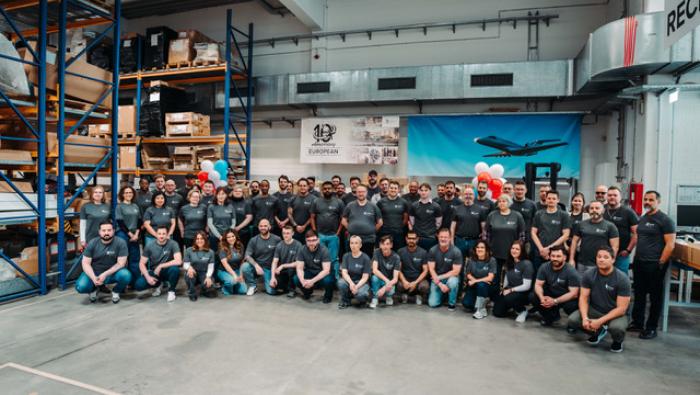The National Museum of the U.S. Air Force honored the first aviation mechanic, Charles Taylor, by unveiling a bronze bust of his likeness for permanent display in the museum’s Early Years Gallery. A brilliant, self-taught man, Taylor began working in the Wrights’ bicycle business in 1896 and played an important role in their flying experiments for several years. Unable to find a manufacturer who could build an engine to their specifications–no more than 180 pounds and delivering eight to nine horsepower–the Wright brothers turned to Taylor. In just six weeks, Taylor designed and built the engine that made the Wrights’ pioneering powered flights possible.
“The importance of Charles Taylor’s role in helping the Wright brothers achieve their dream of heavier-than-air powered flight should not be understated,” museum director Lt. Gen. (Ret.) Jack Hudson said. “His development of a lightweight engine for propulsion was critical, and Taylor’s story of innovation serves as an inspiration–especially for those pursuing careers in science, technology, engineering and math.”The Aircraft Maintenance Technicians Association commissioned Dayton artist Virginia Hess to create the bust for the museum. The non-profit organization was created in 2002 to promote Taylor for his contributions to aviation.







